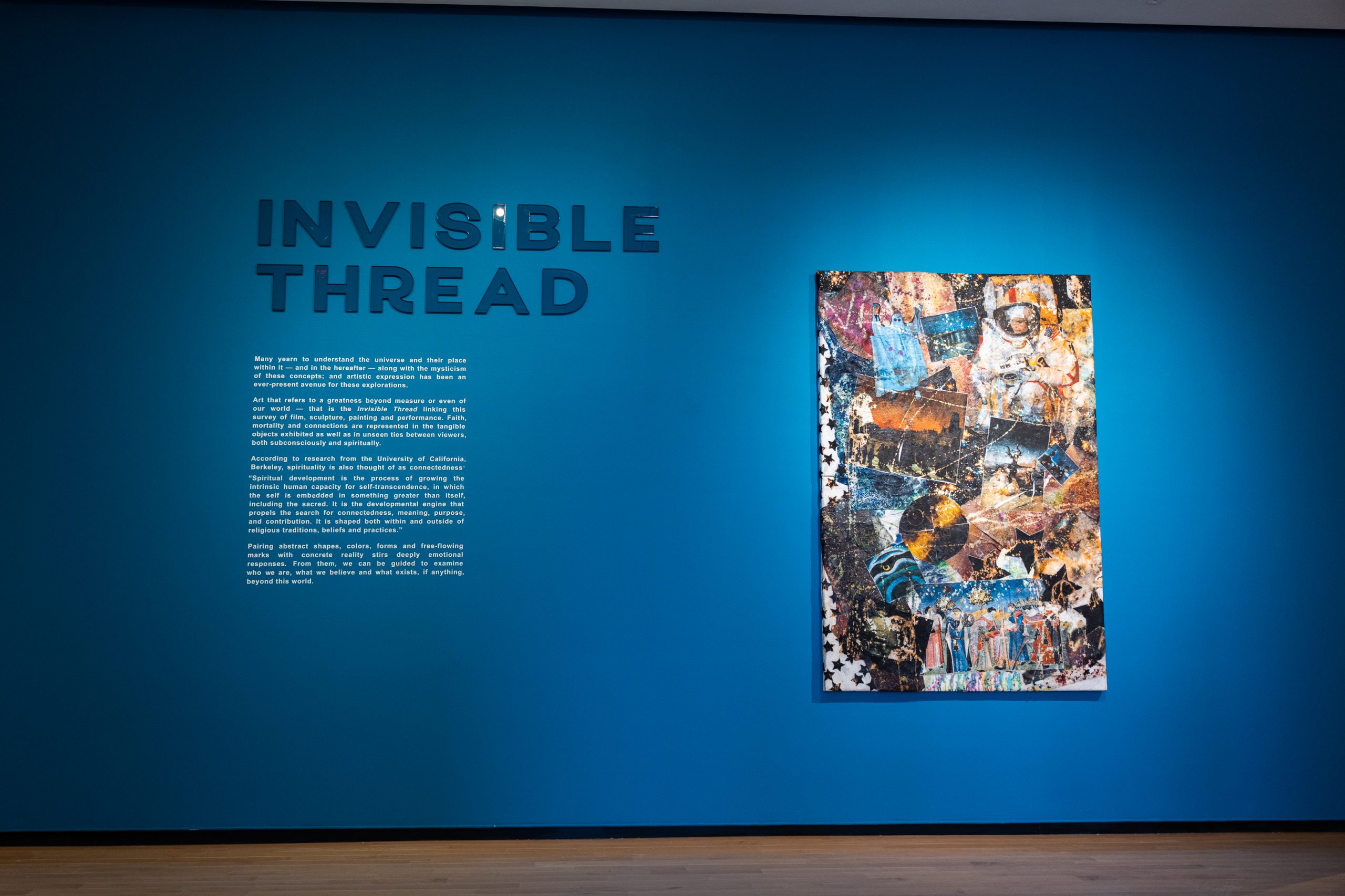Invisible Thread comes to Auburn following its installation at The Baker Museum at Artis—Naples in Naples, Florida. With this expanded resource from Aaron Levi Garvey, the Janet L. Nolan Director of Curatorial Affairs, search beyond the concepts of spirituality, transcendence and the subconscious.
““...the gods give, and the gods take away. Even if you are not aware of having been granted what you possess, the gods remember what they gave you. They don't forget a thing. You should use the abilities you have been granted with the utmost care. ... All flesh, with only minor differences, is a powerless and puny thing doomed soon to disintegrate and disappear. That is an unmistakable truth. But what, then, of a person’s spirit? ... Setting aside the question of whether it has any practical value to do so, thinking about one’s own spirit is one of the most indispensable of all human tasks, is it not?””
Haruki Murakami1Q84, 2009
By Aaron Levi Garvey
Humankind’s pursuit of transcending mortality and the physical world to bend their existence between time and space is an ages-old journey. For as long as there have been free-thinking humans, there has been a certain longing in each of us to understand the intricacies of the universe, our places within the cosmos, the hereafter and the mysticism held within generations of these explorations. Throughout the centuries, artistic and self-expression have been ever present in these pursuits. Those fortunate enough to get a glimpse of the “other side” worked to create visual, auditory or literary representations of their journeys and experiences. Not only have these artisans, musicians, authors and performers worked under the guise of the aforementioned pursuits, but also under the effects of Stendhal’s Syndrome as they become physically taken over by otherworldly elements during their work and have the universe speak to their spirit and soul. Often these explorations are solo journeys for one to find their place, unsanctioned and unhindered, as they experience their ecstatic emotions, visions and manifestations.
From the writings of the Kabbalah and the use of Haint Blue throughout the southern United States to Edmund Burke and his explorations of the Sublime in painting and the Transcendental Painters Group’s search for a higher plane of mental space and the departure of representation within painting, mysticism and spirituality has been ever present across cultures and art practices. Though the theories of the Sublime and Transcendental Painter schools were separated by nearly two centuries, and their approaches to artmaking were vastly disparate, there was much common ground between the two areas of practice and study. The theory of Sublime Art focused on the creation of representational objects that would, in effect, cause an indescribable spiritual, physical/metaphysical reaction of makers and viewers, and the Transcendental Painters Group took on the task of creating works that would evoke similar notions of spirituality through complete abstraction and the use of color.
Invisible Thread explores the works of contemporary artists who approach spirituality, the transcendence of physical reality and the subconscious through abstraction and metaphorical representation. To say contemporary artists have continued in the lineages of not only their ancestors but also the artisans in generations before them as the transcribers of the mysteries within the universe while being bound together by the the Invisible Thread in the shared channeling of their collective linear histories. Building upon their meditative spaces in creating non-representational works and those that morph from full abstraction in the use of conceptual metaphors in representational works. Invisible Thread presents a broad swath of media and techniques, including photography, sculpture and painting, while conceptually threading abstract and representational elements to examine contemporary spirituality and the continued pursuit of transcending mortality.






